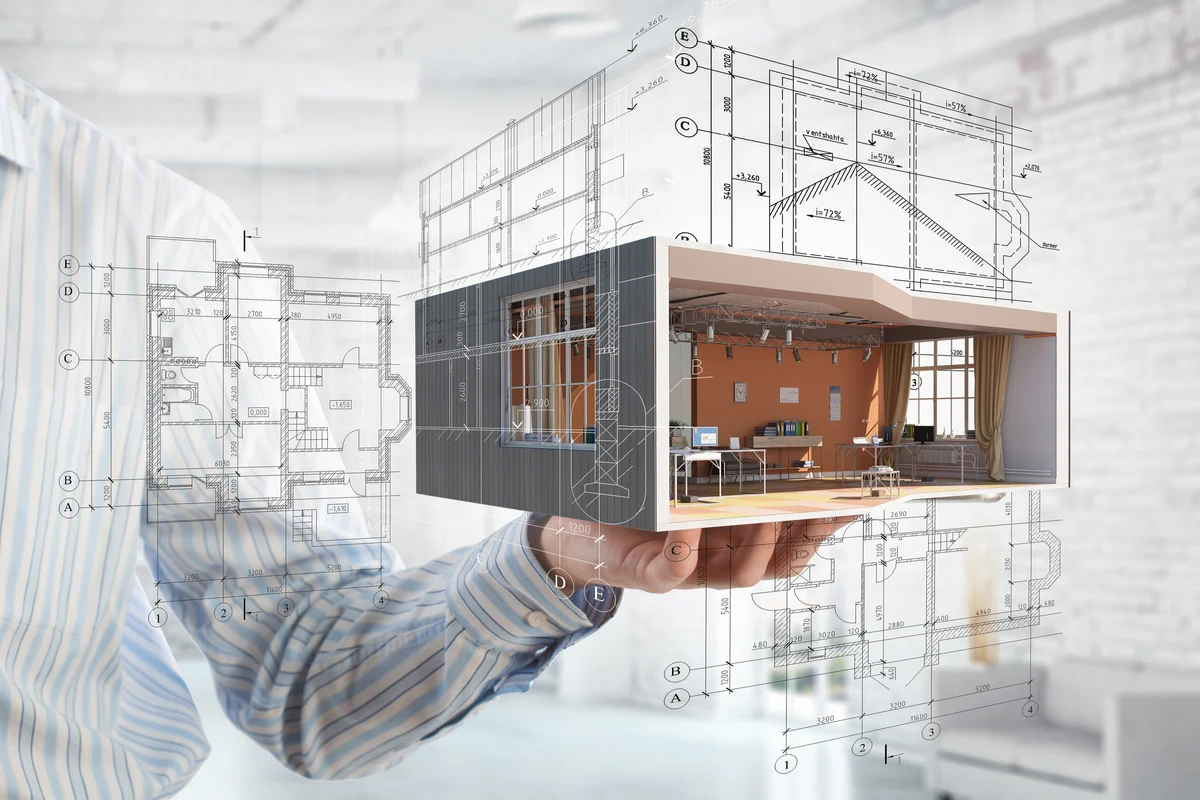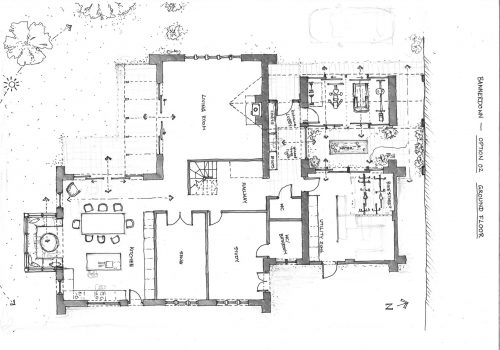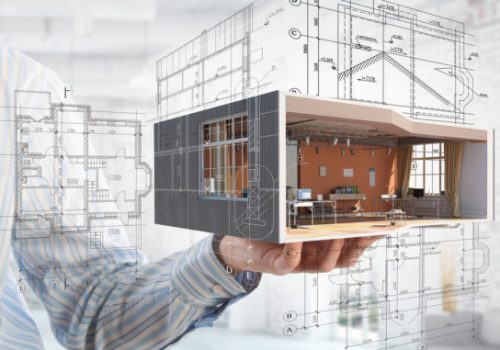In the dynamic world of architecture, the quest for sustainability has become a driving force. The integration of Computer-Aided Design (CAD) tools has significantly elevated the potential to create environmentally conscious architectural marvels. This exploration delves into how CAD tools are pivotal in forging sustainable architecture, optimizing energy efficiency, analyzing environmental impacts, and ultimately shaping a greener future.
Bridging Design and Sustainability
A Powerful Duo
The synergy between CAD and sustainable architecture lies in the ability of CAD tools to translate design concepts into tangible structures while simultaneously embedding sustainability considerations.
Energy-Efficient Designs
CAD empowers architects to model and simulate various design alternatives, enabling them to identify the most energy-efficient solutions before construction begins.

Precision in Performance Analysis
Environmental Impact Assessments
CAD tools enable architects to conduct detailed environmental impact assessments, analyzing factors like daylighting, thermal performance, and material sustainability.
Beyond Aesthetics
Incorporating CAD in sustainable architecture ensures that aesthetics are harmoniously balanced with performance, resulting in structures that are not only visually appealing but also ecologically responsible.
Navigating Material Efficiency
The Digital Material Palette
CAD tools allow architects to explore an extensive range of materials virtually, facilitating informed decisions that minimize resource consumption and waste.
Lifecycle Considerations
CAD’s data integration capabilities enable architects to evaluate materials based on their entire lifecycle, from extraction and production to disposal, ensuring responsible material choices.
Innovating Green Building Practices
Passive Design Techniques
CAD aids architects in implementing passive design strategies such as orientation, shading, and natural ventilation, harnessing natural elements to reduce energy consumption.
Renewable Energy Integration
By utilizing CAD simulations, architects can determine the optimal placement of renewable energy sources like solar panels and wind turbines, maximizing energy generation.
FAQs: CAD in Sustainable Architecture
In Conclusion
As the world steers toward a more sustainable future, architecture plays a pivotal role in shaping environmentally responsible spaces. The infusion of CAD tools into sustainable architecture is a game-changer, offering architects the ability to optimize energy-efficient designs, analyze environmental impacts, and make informed decisions about materials and construction techniques. By harnessing the power of CAD, architects are not only designing visually stunning structures but also creating environments that prioritize the well-being of both occupants and the planet. Through CAD’s capabilities, sustainable architecture becomes more than just a trend—it becomes a transformational force for a greener world.






